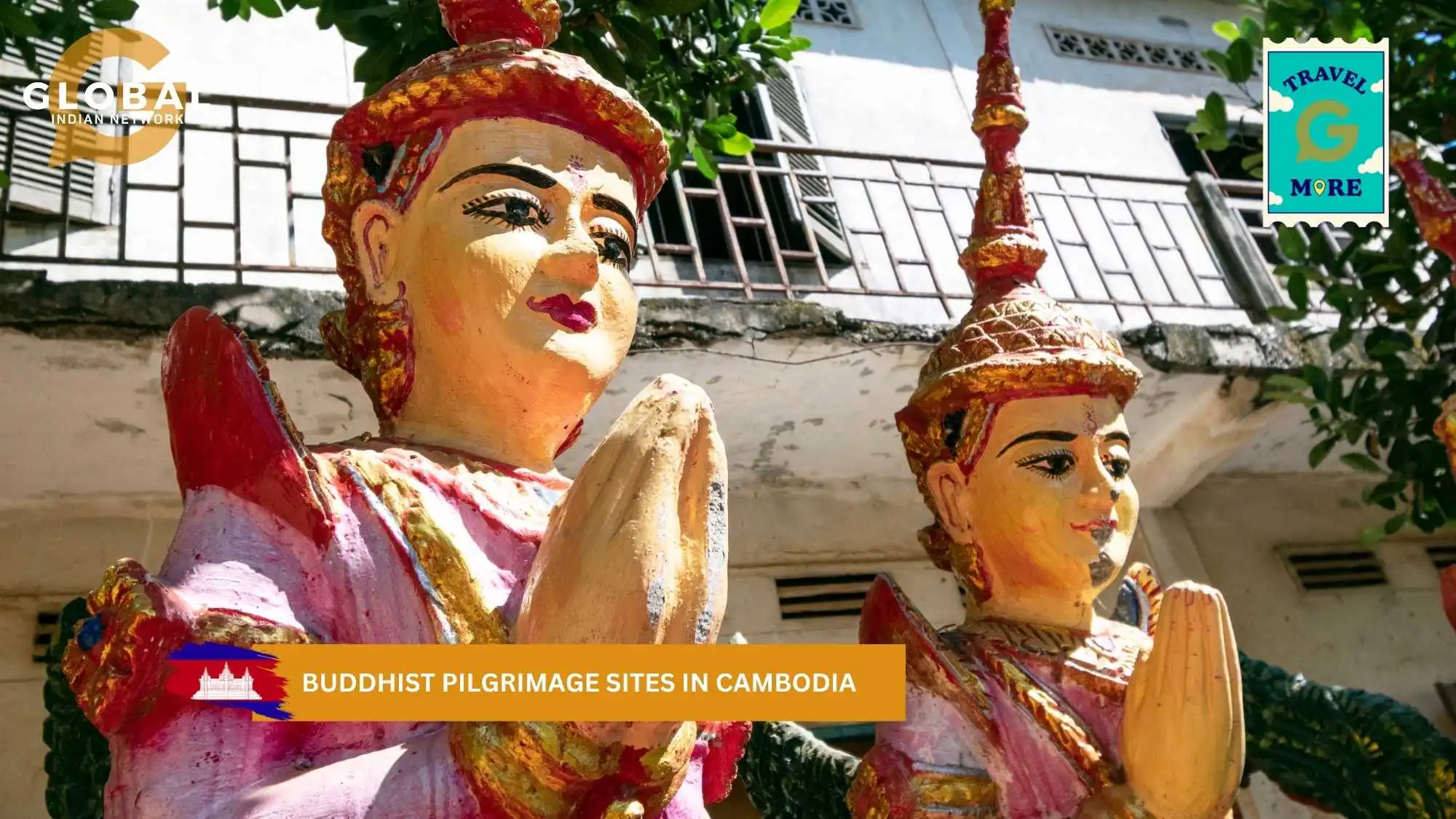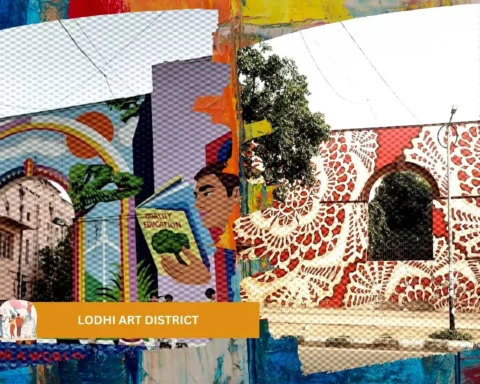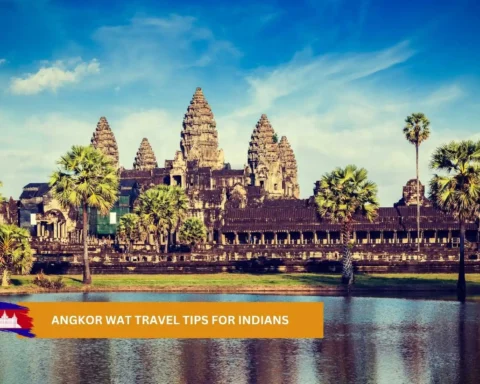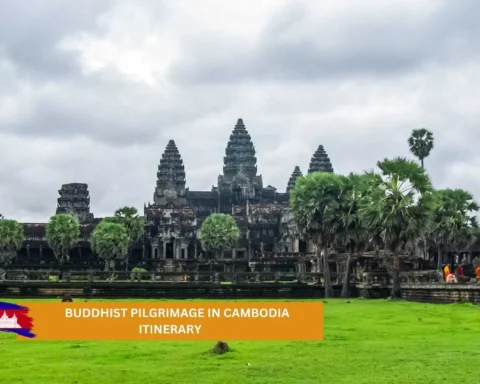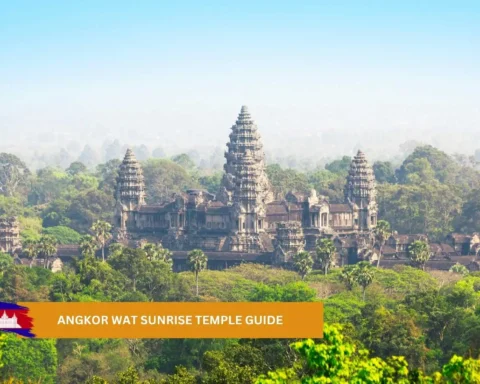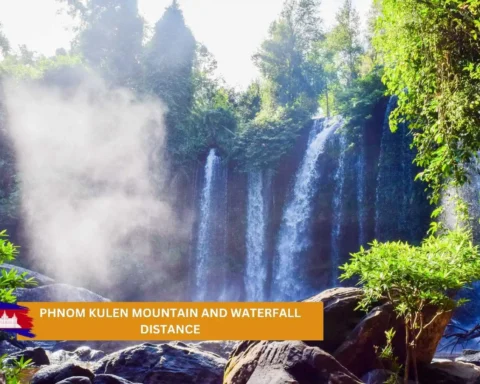Cambodia is a country steeped in rich history and spiritual traditions. As such, it is home to numerous sacred places and Buddhist temples that reflect the Buddhist way of life. From the majestic temples of Angkor Wat to the serene Banteay Srei , there are many Buddhist pilgrimage sites in Cambodia. Each site presents a unique opportunity to explore the spiritual depths of Buddhist practices that have endured since the Khmer empire. These pilgrimage destinations not only provide a glimpse into Cambodia’s past but also serve as living centers of worship and reflection.
Whether you are seeking spiritual solace or an enlightening journey into Buddhism’s profound teachings, Cambodia’s sacred sites invite you to embark on a transformative spiritual adventure. With the splendor of Khmer architecture and tranquil surroundings from the Angkor period, these destinations ensure a fulfilling pilgrimage experience for all who visit. In this article, we will aim to discover the spiritual heart of Cambodia through its revered Buddhist sites.
Table of Contents
Cambodia’s Spiritual Heritage
Before exploring the Buddhist pilgrimage sites in Cambodia, it is essential to understand the religious history and heritage of the country. Cambodia’s spiritual heritage is one that spans over two millennia. Theravada Buddhism, which has its origins in South Asian regions before being adapted in the 3rd century CE during the Khmer empire. With the exception of the Khmer Rouge period in the mid-1900s, Theravada Buddhism has been the state religion of the country, and this is reflected in the Kings who have ruled the monarchy for much of its existence.
For the thousand years of the Khmer empire, Cambodia was ruled by a series of Theravada Buddhist kings, such as Jayavarman I and Suryavarman II, who commissioned the construction of several Buddhist temples, including Preah Vihear. A variety of Buddhist traditions co-existed throughout Cambodian lands, under the Mahayana Buddhist kings and the neighboring Mon-Theravada kingdoms. Angkor Wat, the largest Hindu temple in modern-day Siem Reap, was converted into a Mahayana Buddhist temple during the reign of King Jayavarman VII in the 12th century and again into a Theravada Buddhist temple during the reign of King Ang Chan I in the 16th century.

Buddhist Pilgrimage Sites in Cambodia
Angkor Wat: The Temple Mountain
Located in Siem Reap, the temple of Angkor Wat is one of the most historically significant temples in Cambodia. The Hindu-Buddhist temple complex was originally constructed in 1150 CE as a Hindu temple dedicated to the deity Vishnu. It was later gradually transformed into a Buddhist temple towards the end of the century. Considered by some experts to be the largest religious structure in the world.
Commissioned by Khmer king Suryavarman II. The temple combines two plans, the temple mountain and the gallery. It is designed to represent Mount Meru, home of the Devas in Hindu Mythology.
Angkor Thom: The Great City
Angkor Thom, meaning “Great City” in Khmer, is the ancient capital of the Khmer Empire located near modern-day Siem Reap. Built in the late 12th century by King Jayavarman VII after defeating the Cham invaders, it served as the empire’s political and spiritual center. Spanning approximately 9 square kilometers, the city was once home to hundreds of thousands of people.
At the heart of the great city lies the Bayon Temple, renowned for its massive stone towers adorned with over 200 smiling faces, believed to represent either the bodhisattva Avalokiteshvara or the king himself. Angkor Thom is enclosed by high walls and a moat, with five monumental gates approached by bridges flanked by statues depicting the Hindu myth of the Churning of the Ocean of Milk.
Other notable structures include the Terrace of the Elephants, used for royal ceremonies and parades, and the Terrace of the Leper King, known for its intricate carvings and mysterious statue. Originally a Mahayana Buddhist city, Angkor Thom later reflected shifts between Hinduism and Theravada Buddhism. Today, it forms part of the Angkor Archaeological Park, a UNESCO World Heritage Site, and remains a symbol of Cambodia’s rich cultural and architectural legacy.
Banteay Srei: The Citadel of Women
Banteay Srei, often referred to as the “Citadel of Women” or “Citadel of Beauty,” is a 10th-century temple located about 25 kilometers northeast of the main Angkor complex in Cambodia. Unlike many other temples in the region, Banteay Srei was not commissioned by a king but by a court official named Yajnavaraha, a scholar and spiritual advisor to King Rajendravarman II. Another unique point of interest is dedicated to the Hindu god Shiva and is renowned for its exceptional craftsmanship. Built primarily from pinkish sandstone, the temple features some of the most intricate and well-preserved carvings found in Angkor.
Its detailed bas-reliefs depict scenes from Hindu epics such as the Ramayana and Mahabharata, and its relatively small scale adds to the sense of intimacy and refinement. Despite its modest size, Banteay Srei is often considered a jewel of Khmer art due to the precision and delicacy of its ornamentation. The temple’s name, which may suggest that women played a role in its construction or that its fine details embody feminine beauty, reflects the elegance of its design. Today, Banteay Srei is a popular destination within the Angkor Archaeological Park and is celebrated for its artistic and architectural significance.
Preah Khan: The Holy Sword
Preah Khan, meaning “Sacred Sword” in Khmer, is a significant temple complex located just northeast of Angkor Thom in Cambodia. Built in 1191 AD by King Jayavarman VII, it was dedicated to his father, Dharanindravarman, and served multiple purposes as a Buddhist temple, a monastery, and an educational center. Preah Khan is notable for its unique combination of religious symbolism and practical function, having once housed over a thousand teachers and served as a temporary royal residence while Angkor Thom was under construction.
The temple complex is large and sprawling, surrounded by a moat and an outer wall nearly a kilometer long. Its design includes a central sanctuary, long corridors, ceremonial halls, and gopuras (monumental gateways), all intricately decorated with carvings depicting both Buddhist and Hindu imagery. Unlike many temples in Angkor, Preah Khan has not been heavily restored; much of its original state, including tree roots growing through the stone, has been preserved to reflect the passage of time. The name “Sacred Sword” possibly refers to royal power or a lost relic once housed there.
Today, Preah Khan stands as a testament to Jayavarman VII’s vision of spiritual devotion and scholarly pursuit, and it remains an important part of the Angkor Archaeological Park.
Conclusion
Cambodia stands out as a significant center for Buddhism, not only in Southeast Asia but globally. The prominence of Buddhist pilgrimage sites in Cambodia holds relevance for those embarking on religious pilgrimages. Beyond these religious pursuits, it also holds relevance for individuals seeking a deeper spiritual connection and a tangible link to ancient civilizations, particularly to those of the region.

FAQs
Why is Angkor Wat so Famous?
The temple is admired for the grandeur and harmony of the architecture, its extensive bas-reliefs and devatas adorning its walls. The Angkor area was designated as a UNESCO World Heritage Site in 1992. Angkor Wat is a major tourist attraction and attracts more than 2.5 million visitors every year.
What Hindu God is Angkor Wat dedicated to?
The temple of Angkor Wat is dedicated to the God of the Hindu pantheon, Lord Vishnu.
Is Cambodia a Buddhist Country?
Cambodia is predominantly Buddhist, with 80% of the population being Theravada Buddhist, 1% Christian, and the majority of the remaining population follows Islam, atheism, or animism.




